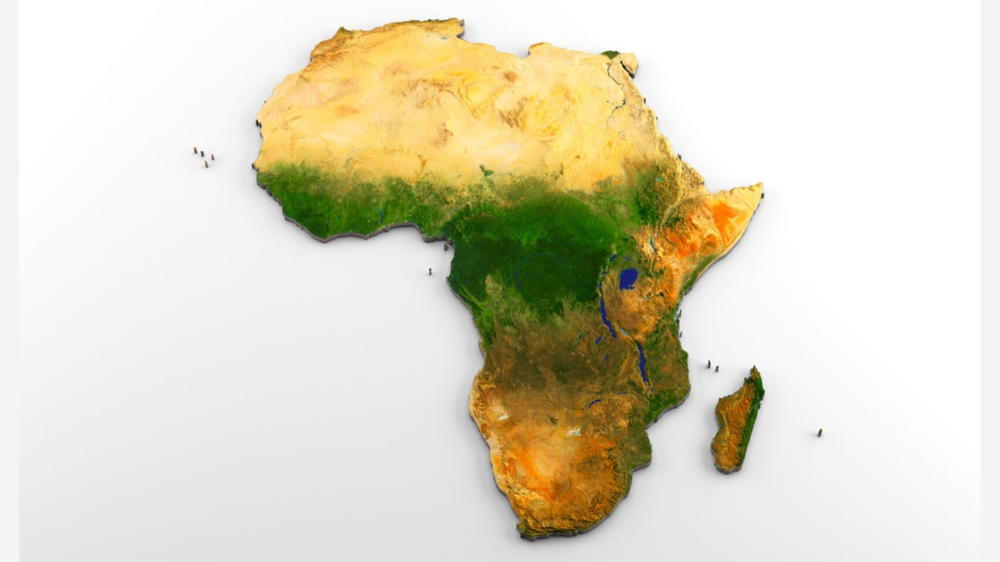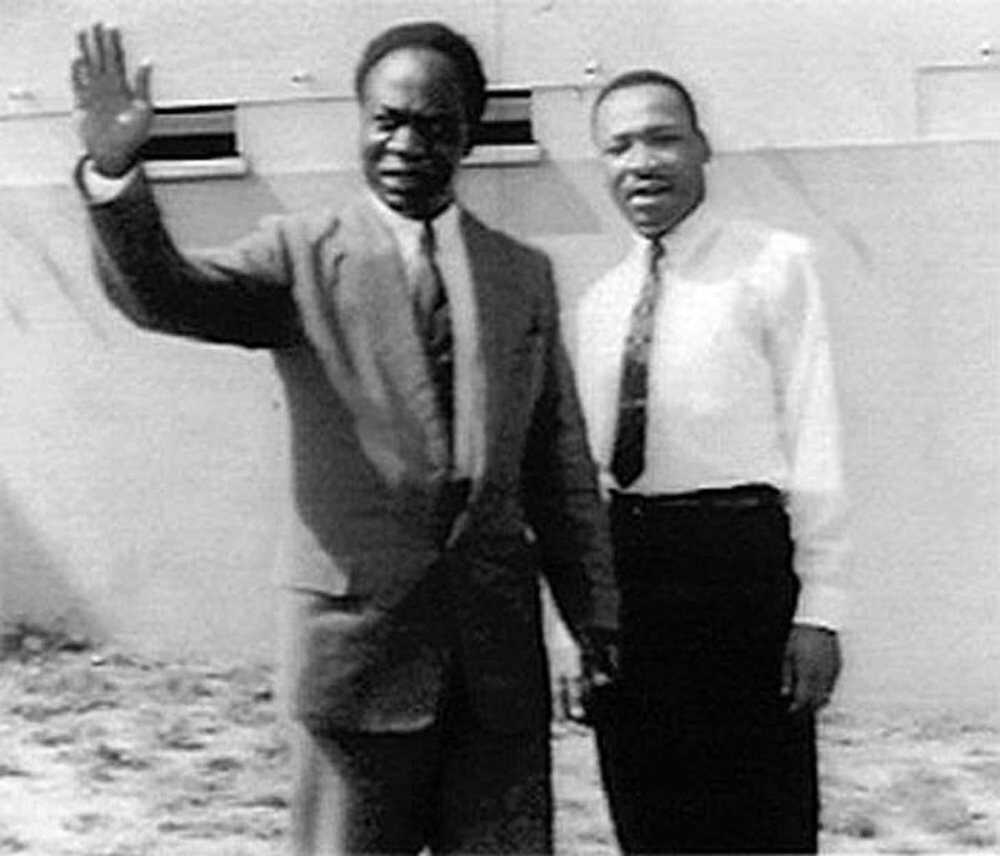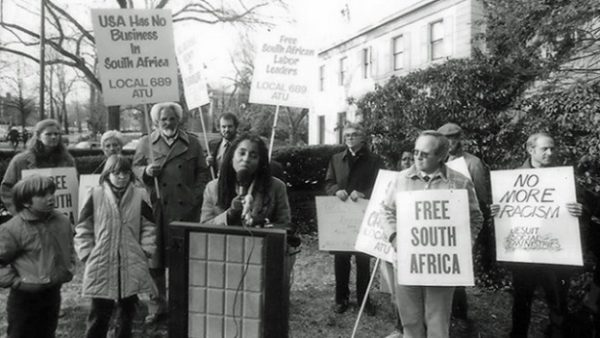The impact of colonization and slavery has undoubtedly left a mark on Black people globally. Countries impacted have been recovering since, picking up the pieces of what was left broken. However, over the course of history Black America’s ties to Africa were affected by what was going on at home. Nevertheless, the desire for freedom and acceptance played a role in the course of this relationship.

History has it that the first Africans who came to America were slaves, thus making all African-Americans descendants of African slaves. However, this is simply a well perpetuated myth. Before the first permanent English colonial settlement at Jamestown, Virginia, there were a number of Africans in the Americas who were free people that had traveled to the “new world” as hired craftspeople or mariners with valuable skills. Some even helped the early settlers to survive the challenges of their new environment. Free Africans played a part in helping establish the colonies that would eventually become America.
The free flow of Black people between the United States and Africa goes both ways. Tens of thousands of African Americans have resettled in Africa over the past 150 years, and continue to do so even today. In the United States, there have been several “back-to-Africa” movements from the 1800s to modern times. In 1860 approximately half a million free people of African descent lived in America. They made up less than 2% of the nation’s population and about 9% of all Black people. They were known alternatively as free Negroes, free Blacks, free people of color, or freepeople to distinguish from post-Civil War freed people. While the free Black population grew in the previous centuries, its increase was at a relatively slower rate than the white or slave population making it a shrinking proportion of American society.
Many freed Black men and women asked to go to Africa, which they had never seen but only imagined as the homeland of their ancestors. There were many who were discouraged by the chances of achieving racial equality in America. One of the first back-to-Africa movements was led by Paul Cuffe, an affluent former slave and businessman in post-colonial Massachusetts, who helped send settlers to Sierra Leone in 1815. The early 20th century saw Marcus Garvey advocate for a back-to-Africa movement that eventually failed. However, not everyone agreed with Garvey’s approach. Many saw it as a deportation scheme to rid the country of free and freed Black people. While he faced criticism by the likes of W.E.B Dubois, his cause showed that “back to Africa” was a genuine aspect of the Black diaspora discourse and not a shameful reminder of the humiliations of an entire race and continent
In the height of the Civil Rights era in the 1960s, African Americans resettled in Guinea, Tanzania, and other African countries. Some, like Stokely Carmichael later known as Kwame Ture, joined the struggle for African liberation. Ture, who was born in Trinidad, rose to become a major leader in the civil rights movement. He served as the Chairman of the Student Nonviolent Coordinating Committee and marched alongside Martin Luther King Jr. in the March Against Fear before eventually relocating to Guinea. For some, Africa provided refuge that was denied in the United States. Robert F. Williams lived in exile in Tanzania in an attempt to escape kidnapping charges he faced after sheltering a White couple. Pete O’Neal also moved to Tanzania to escape charges in the United States. After serving 27 years for a crime he did not commit, Geronimo Pratt spent the rest of his life in Tanzania upon being released from prison.
It is important to note that the 1960s was a time of large global Pan-African struggle for liberation spanning throughout the continent of Africa. Civil rights activists such as Martin Luther King Jr. were influenced by the struggle for liberation in Africa. King received an invitation to attend Ghana’s Independence Day celebration. The experience had a great effect on him, moving him to tears. King saw the connection between the liberation struggles in Africa and the ones back home in America. “The masses of people are rising up. And wherever they are assembled today, whether they are in Johannesburg, South Africa; Nairobi, Kenya; Accra, Ghana; New York City; Atlanta, Georgia; Jackson, Mississippi; or Memphis, Tennessee- the cry is always the same- ‘We want to be free,’” King said in his last speech. He understood the parallels between colonialism and segregation calling them nearly synonymous “because their common end is economic exploitation, political domination, and the debasing of human personality.” After his visit to Nigeria in 1960 to attend the inauguration of Nnamdi Azikiwe, King found that African leaders also shared this view.

Photo: Martin Luther King Jr, and Ghanaian Prime Minister Kwame Nkrumah, 1957
King particularly found similarities between the African American struggle and the struggle in South Africa. In his 1964 speech in London, he expressed feeling a “powerful sense of identification with those in the far more deadly struggle for freedom in South Africa.” King recognized the non-violent efforts made by South Africans and how it was only met by increasing violence from the state. When comparing the current state of Mississippi and Alabama to South Africa, he noted that even in Mississippi, African Americans had the ability to organize voters and speak to the press. In South Africa however, the mildest form of nonviolent resistance was met with years of imprisonment, where many leaders like Nelson Mandela and Robert Sobukwe ended up. Indeed, African Americans were instrumental in South Africa’s anti-apartheid movement and the emergence of an Afrocentric rap movement that celebrated Black culture and showed Africa in a positive light. Most notably, three African Americans stated a sit-in at the South African Embassy in Washington, D.C. in 1984 resulting in their arrest. Their arrest however sparked one of the most effective political demonstrations which led to daily marches at the Embassy uninterrupted for several years before pressure built to change American foreign policy towards South Africa. Congress passed the Comprehensive Anti-Apartheid Act in 1986 which ultimately led to Mandela’s release from prison.

Photo: Protestors gathered outside the South African Embassy, 1985 (Photo by Craig Simpson)
Malcom X also shared influences from African leaders, meeting with many to discuss the plight of African Americans. He found particular support from President Julius Nyerere of Tanzania. Nyerere had pressed other African leaders to pass a resolution in support of the African American struggle, a resolution which alarmed the American government. Malcom also befriended Abdulrahman Babu, a Tanzanian political revolutionary. Their friendship was described by Azaria Mbughuni as a linkage between Africa and the diaspora. “It was the connections between Africa and the diaspora in the struggle against racial discrimination and imperialism that made Malcolm’s new mission much more dangerous to the U.S. government,” Mhughuni stated.
The relationship between Black America and Africa, though rich and complex, has been tied by the narrative of the lands. According to Nemata Blyden, an associate professor of history and international affairs at George Washington University, the way African Americans have chosen to engage and identify with Africa has been a complex relationship influenced by the country’s laws aimed to oppress, marginalize and disenfranchise Black people. “African American desires for ties with Africa may have waned with the end of segregation, the gains of the civil rights movement and greater integration of Black Americans in the United States, but the connection to the continent remains,” Dr. Blyden said.
Powered by WPeMatico


